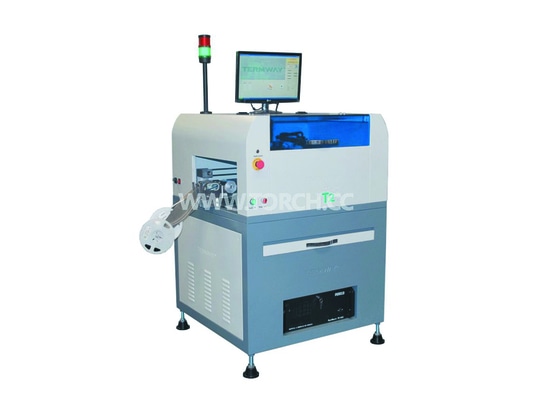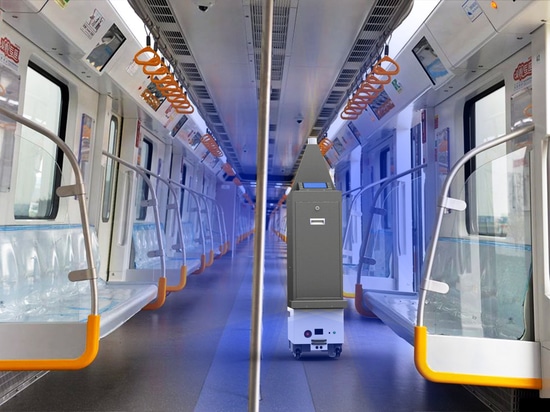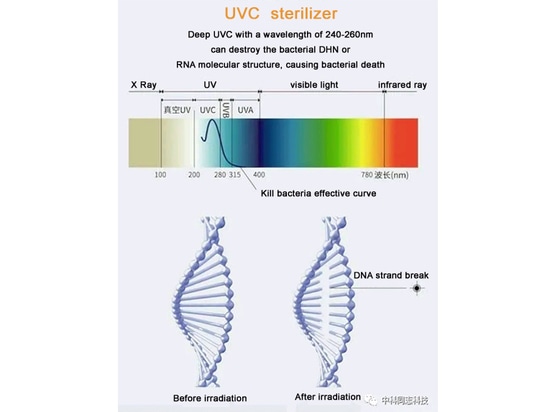
#Industry News
Brief introduction of laser reflow soldering technology
vacuum reflow oven
Using samples for reflow testing is already a mature method to determine whether laser reflow is suitable for the product and the process parameters that must be controlled in order to achieve the desired solder joint quality. It is one thing to study how the laser works in theory, but it is another thing to apply in practice. If the reflow of solder paste on a product is determined to be a viable method by laser, then it is possible to work with suppliers of solder paste and laser equipment systems to create a good combination of product materials and equipment.
CO2 laser is a currently available strong continuous wave laser. A carbon dioxide laser can produce infrared light with a wavelength of about 10,600 nm and 20% power. Carbon dioxide lasers are mostly used for metal cutting and welding. The carbon dioxide laser is made of yttrium aluminum garnet doped with neodymium metal, usually called Nd:YAG laser. The Nd:YAG laser can produce high energy, with a wavelength of 1,064nm in the infrared spectrum. Similar to carbon dioxide lasers, they are mainly used to cut and weld metals, and are also used to mark metals and other materials. High-power diode lasers (HDL) mainly rely on GaAs semiconductor strips. It can provide wavelengths ranging from 790 to 980 nm and output power of 50 watts each. In the past few years, advances in diode cooling technology aimed at maintaining diode temperature have significantly increased the power, life, and efficiency of diodes.
Some users choose to use laser heating because it is a good choice among many methods; while others find that due to the very limited heating methods available, laser will be the solution to the heating problem they face. The direct reason for using laser heating is the desire to perform non-contact local heating. Although the motivations are different, the purpose is the same: the reflow is limited to a certain location and does not affect other areas, and should be completed in a short time, so as to effectively avoid the conduction of more heat in other parts of the product.
Solder paste is applied to all pads before the cable is placed. Laser heating is completed in a line immediately after the spot solder paste process, and the added heat just forms the solder joint. The solder is in a molten state for no more than 3 seconds. The heat transferred to the surface of the glass substrate during heating is very small, which can prevent thermal expansion and bursting. The appearance of the solder joint meets the consistency requirements. As in the previous process, solder paste is spotted on each pin, and each pin is heated by laser alone. Due to heat conduction, the heating time of the first pin is longer than that of the fourth pin. The local heating temperature is sufficient, and the total heat is safe for plastic parts.
This article is from the Internet. If there is any infringement, please contact me to delete it.
Beijing TORCH Co,. Ltd specializes in R&D and production of high-power laser vacuum soldering machines. At present, it has been successfully used in many high-power laser companies in China to replace vacuum reflow ovens imported from Germany. If you have any questions about vacuum welding of high-power lasers, please contact our technical staff. www.torchsmt.com Technical consultation: 15901426460





